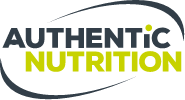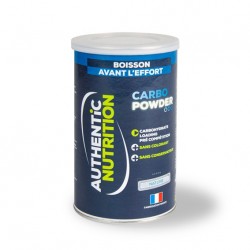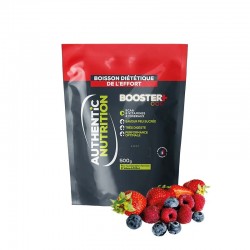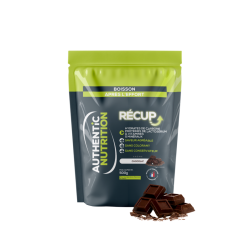What is the glycemic index?
Athletes tend to talk about "slow-release sugars" and "fast-release sugars," but this concept isn't very explicit and isn't comprehensive enough. Instead, we should be talking about carbohydrates with a high, medium, or low glycemic index.
So what does glycemic index mean? What factors can influence this index? Why should athletes know these concepts and what advice should they apply to their diet before, during, and after exercise?
All the answers in this article!
Physiological reminder on blood sugar
Glucose level represents the level of glucose (sugar) in the blood. It varies depending on the individual's physical activity (sedentary, athletic, etc.), their diet (starchy foods, vegetables, fast food, etc.), and the body's ability to store glucose in cells (this system can be more or less worn out depending on insulin secretion and resistance to the cell entering to store glucose). This storage capacity varies from person to person; it depends mainly on each person's genetics and lifestyle.
What is the glycemic index?
The glycemic index or GI measures the ability of a carbohydrate to raise blood sugar levels after a meal compared to a reference standard which is pure glucose.
For the same meal, in pure glycemic load, each food causes a different increase in blood sugar.
The glycemic index (GI) is calculated by considering the blood sugar curve during the two hours following the absorption of the food analyzed and by calculating the area under this curve called "integral under the curve". This area will be compared to that obtained during the absorption of pure carbohydrates which represents the reference with a GI equal to 100. Thus, a food with a GI of 50 has an integral under the curve half as large as that of glucose. The glycemic index is higher when the hyperglycemia induced by the carbohydrate tested is strong.
The glycemic index measures the speed of carbohydrate absorption and is used to measure the hyperglycemic effect of a food. The more a food increases blood sugar, the higher the glycemic index. Thus, foods with a high GI cause a rapid rise in blood sugar. Conversely, with foods with a low GI, the rise is more gradual and the peak less high.
Under no circumstances will we talk about "slow sugars" and "fast sugars" which are biased notions. For example: baguette-type bread considered a "slow sugar" has a high GI while fructose considered a "fast sugar" has a low GI.
the main factors affecting the glycemic index
- Cooking: The more a food is cooked, the higher its glycemic index is compared to its raw equivalent. Overcooked pasta will have a higher GI than al dente pasta.
- Fat, protein, and fiber content: These slow down the digestion of carbohydrates. The richer a food is in protein, fat, and fiber, the lower its GI. Examples: white bread has a higher GI than wholemeal bread, and fried potatoes have a lower GI than baked potatoes.
- Texture: The more a food is cut or chopped, the higher its GI. Example: lentil soup causes a greater spike in blood sugar than lentil salad.
- Aging: This increases the GI. Example: Green bananas have a lower GI than ripe bananas.
- Food processing: The more processing a food has undergone, the higher its GI will be. Example: Refined grains have a higher GI than whole grains, and the same goes for white rice and brown rice.
What is the benefit of the glycemic index for athletes?
Knowledge of the glycemic index (GI) is essential for endurance athletes because it allows them to better manage their energy intake before, during and after exercise, and thus to optimize comfort and performance.
How to take the glycemic index into account in your sports practice?
Throughout the year and during your workouts, the carbohydrate sensitivity of the body's cells is lower at rest than during exercise. Therefore, it is advisable:
- throughout the year and before your workouts: to maintain a diet with foods that are most often low or medium glycemic index,
- during and after exercise: to favor a diet with a medium or high glycemic index.
- Avant effort : une boisson riche en glucides et notamment des glucides à IG bas comme notre boisson de préparation Carbo Powder qui a un dextrose équivalent compris entre 11 et 13 ou le Booster+ qui a un dextrose équivalent entre 18 et 20.
- During exercise: an energy drink containing fructose and maltodextrin: a variety of carbohydrates remains the best form of intake. Our Booster + includes maltodextrin and fructose.
- After exercise: a recovery drink with a lower glycemic index including carbohydrates (glucose, fructose, maltodextrin), animal or vegetable proteins and possibly lipids (omega 3).
Our recovery drink, Authentic Récup, contains fructose, maltodextrin and animal proteins.
classification of foods according to their glycemic index
low GI foods
- Sweet products: fructose, sports drink (Booster + (18-20)), recovery drink, milk/dark chocolate, sponge cake, nougat, tart.
- Cereals and cereal products: whole grain bread, bran bread, buckwheat bread, brown rice, al dente egg pasta, whole grain pasta, tabbouleh, whole bulgur, quinoa, sprouted cereals, wheat bran, oat bran, whole rye flour.
- Legumes: white/red/black beans, broad beans, flageolet beans, green lentils, peas, split peas, chickpeas, soybeans, Jerusalem artichokes.
- Protein-rich seeds and fruits: almonds, peanuts, soybeans, hazelnuts, all kinds of nuts, pistachios, oilseed purees.
- Vegetables and fruits: avocado, carrot, cabbage, celery, cucumber, squash, spinach, beans, sweet potato, chili, pepper, lettuce... Banana, cherry, clementine, strawberry, raspberry, passion fruit, pomegranate, redcurrant, kiwi, lychee, mango, blackberry, blueberry, orange, grapefruit, peach, pear, apple, plum, grape... Dried apricots, dried apples.
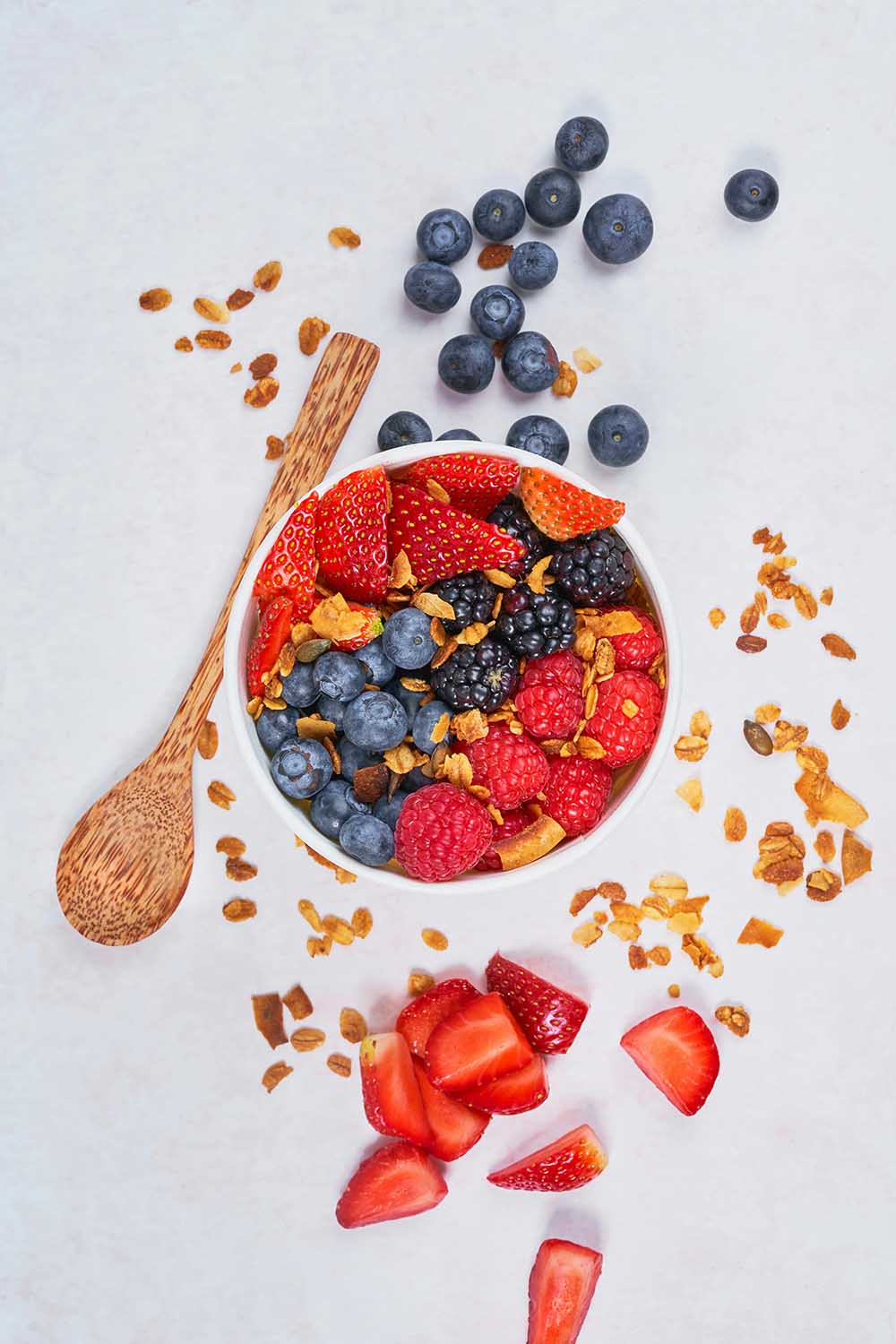
- Drink: carrot, tomato, pineapple, grapefruit, apple, orange juice without added sugar, milkshake.
- Other: fish, meat, egg, crustaceans, shellfish, seaweed, cold cuts, dairy products, cheese, offal, soy milk, coconut milk, tofu, spices, vinegar.
foods with medium GI
- Sweet products: sucrose, honey, maple syrup, jam, marmalade, fruit jelly, cereal bar with dried fruit, chocolate bar, homemade sports cake, biscuits, croissants, pancakes, flan, pain au chocolat.
- Cereals and cereal products: oat flakes, muesli, orange, brown bread, rye bread, basmati rice, white pasta, sweetcorn, Asian noodles, polenta, semolina, whole buckwheat flour.
- Vegetables and fruits: beetroot, sweet potatoes, new potatoes, apricot, pineapple, ripe banana, natural fruit cocktail, fruit in syrup, melon, papaya, dried fruit, prunes, raisins.
- Other: ice cream, beer, chips, ketchup, pizza, soda.
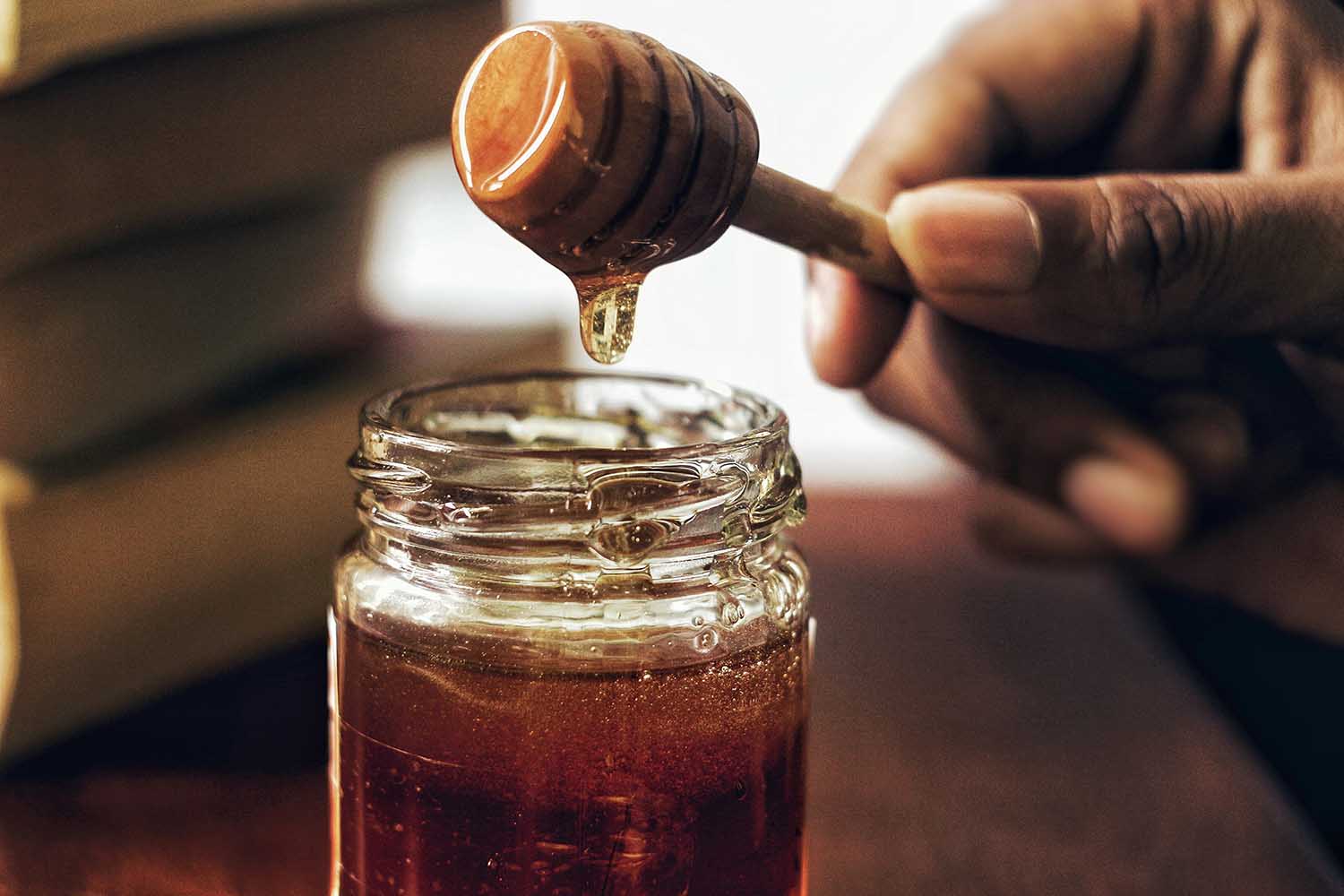
foods with high GI
- Sweet products: glucose, maltose, some maltodextrins, fruit syrup.
- Salty biscuits like TUC, jelly candies, brioche, rice cake.
- Cereals and cereal products: white bread, gluten-free, semi-wholemeal, extruded puffed cereals (wheat, corn, rice), cereal cakes (rice, corn).
- Waffles, popcorn.
- Potatoes, mashed potatoes, beans, millet, cornstarch, white flour.
- Vegetables and fruits: cooked carrot, date, watermelon.
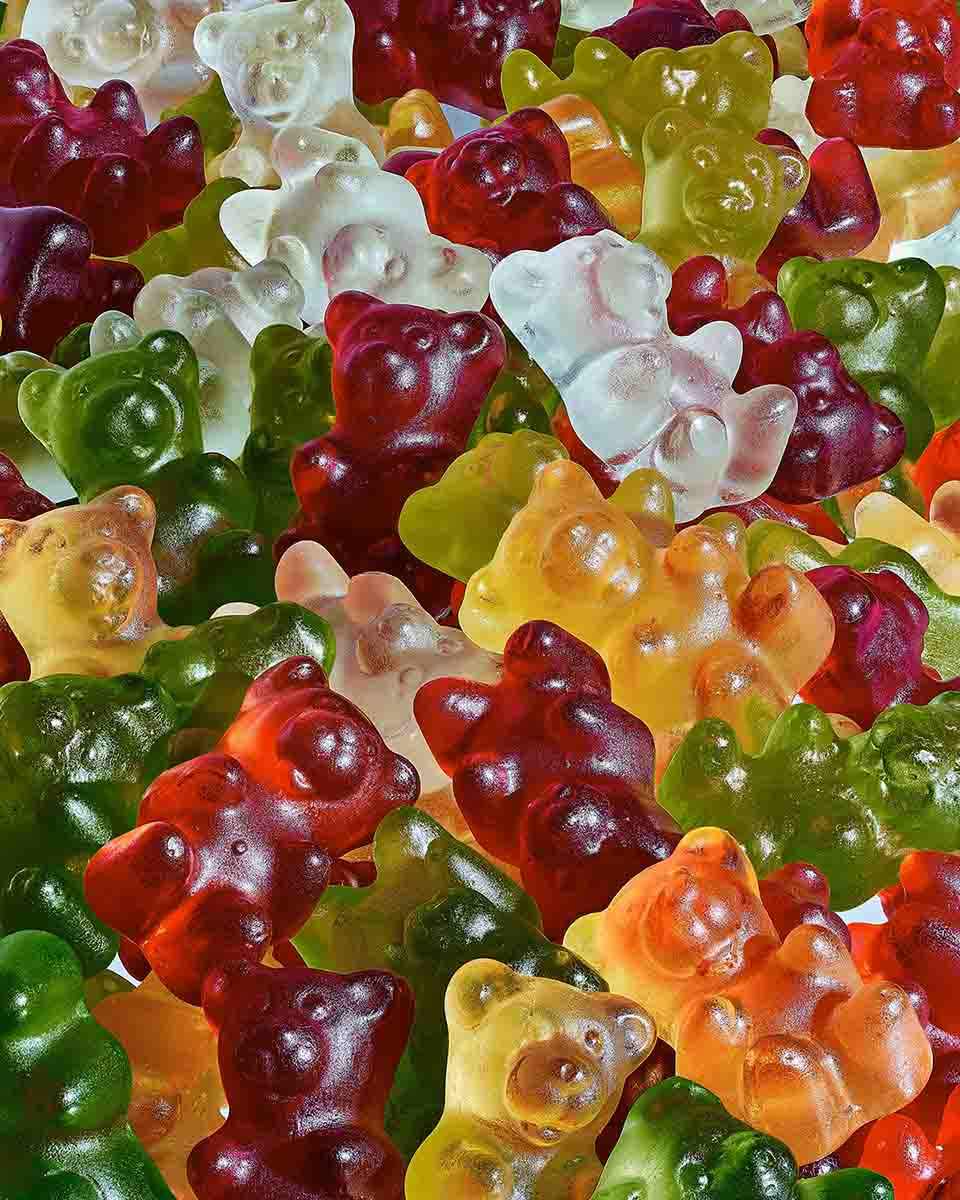
To learn more about our ingredients, please consult our FAQ and also our Authentic recipes, adapted and healthy
Inspiration and source: "Nicolas Aubineau, Aurélia Truel, sport food from TRAIL coaching, Nutrition, Mango edition"
